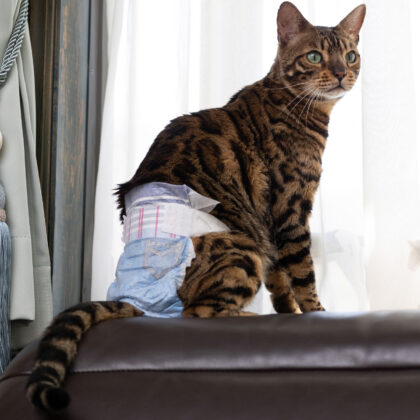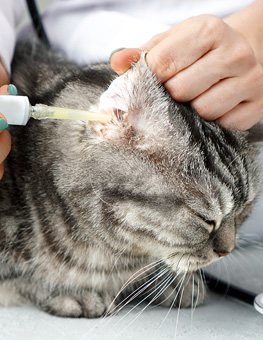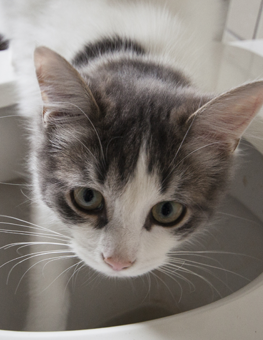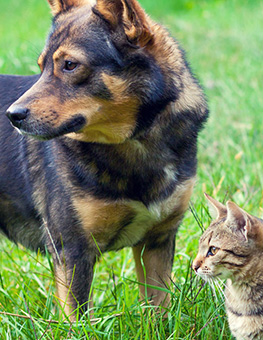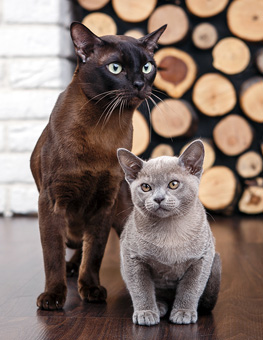Training Tip: Maintaining your Pet's Toys
Some pet toys can be easily cleaned while others should eventually get thrown away.
At Hartz, we are often asked about the life span of our toys and when is the right time to replace them. This post will help you know when to make those tough decisions and toss a toy your pal just doesn't want to let go!
A simple step in toy maintenance is to store your pets' toys all together in a single place where it's easy for you to keep track of them. It will also make it easier to go through them on a regular basis and decide which ones need cleaning and which should be thrown away.
What to discard:
- Toys that have missing parts or have been heavily chewed and may splinter or split.
- Any toys with dangling bits, strings or chunks - all of which can be choking hazards.
- Toys that your pet is "eating." Unless it is a treat toy, your pet should not be eating his toys. If you see him doing so or if the toy is much smaller than it initially was, it's time to throw it away.
How to clean plastic, rubber or other hard toys:
- Nylon and rubber toys can be cleaned by hand with soap and water. Make sure to rinse well when you're done to get all the soap off.
- Many of these toys can also go into your dishwasher for cleaning, though you should check labels when you buy the toy to confirm.
- Run them through on the hot cycle with no detergent. The heat and water pressure should kill most germs and remove dirt and grime.
How to clean rope toys:
- Softer toys can become breeding grounds for bacteria, so consider sanitizing them. A study by the US government found that microwaving household cleaning items, like sponges, killed everything from bacteria to yeast to molds.
Here are some tips on how to clean rope toys:
- Wet the toy and microwave it for a full minute.
- Microwave wattages vary so keep an eye on the toy while heating it and stop the
microwave if anything looks awry.
- Take care when removing the item as it could be quite hot.
The second best choice is to run your toy through your dishwasher on the hot cycle with no detergent. This kills almost as much bacteria, yeast, and mold as the microwave method. Please note: cleaning rope toys under really hot water isn't enough if you want to sanitize them; the water gets significantly hotter during a dishwasher cycle.
How to clean stuffed animals:
- As with rope toys, these soft toys can harbor all sorts of icky microbes.
- Try throwing these toys in the washing machine when they are dirty.
- Some toys survive the washing machine better than others, but if the toy is well made, it should maintain all of its original appeal to your pet after washing.
- Similarly, most should also survive the drying process.
- If you are concerned the toy won't take the tumbling well, you can also wash by hand, as you would with delicate clothing. Again, be sure you rinse well, so no soap stays on or in the toy.
- Any natural products such as rawhides and pig ears can't be washed and should only be used under the owner's close supervision. This is to prevent the pet from eating a piece too large for their jaws or from gulping it down too quickly.Without close supervision, these toys can be choking hazards.
How to clean treat toys and chews:
- Any natural products such as rawhides and pig ears can't be washed and should only be used under the owner's close supervision. This is to prevent the pet from eating a piece too large for their jaws or from gulping it down too quickly. Without close supervision, these toys can be choking hazards.







